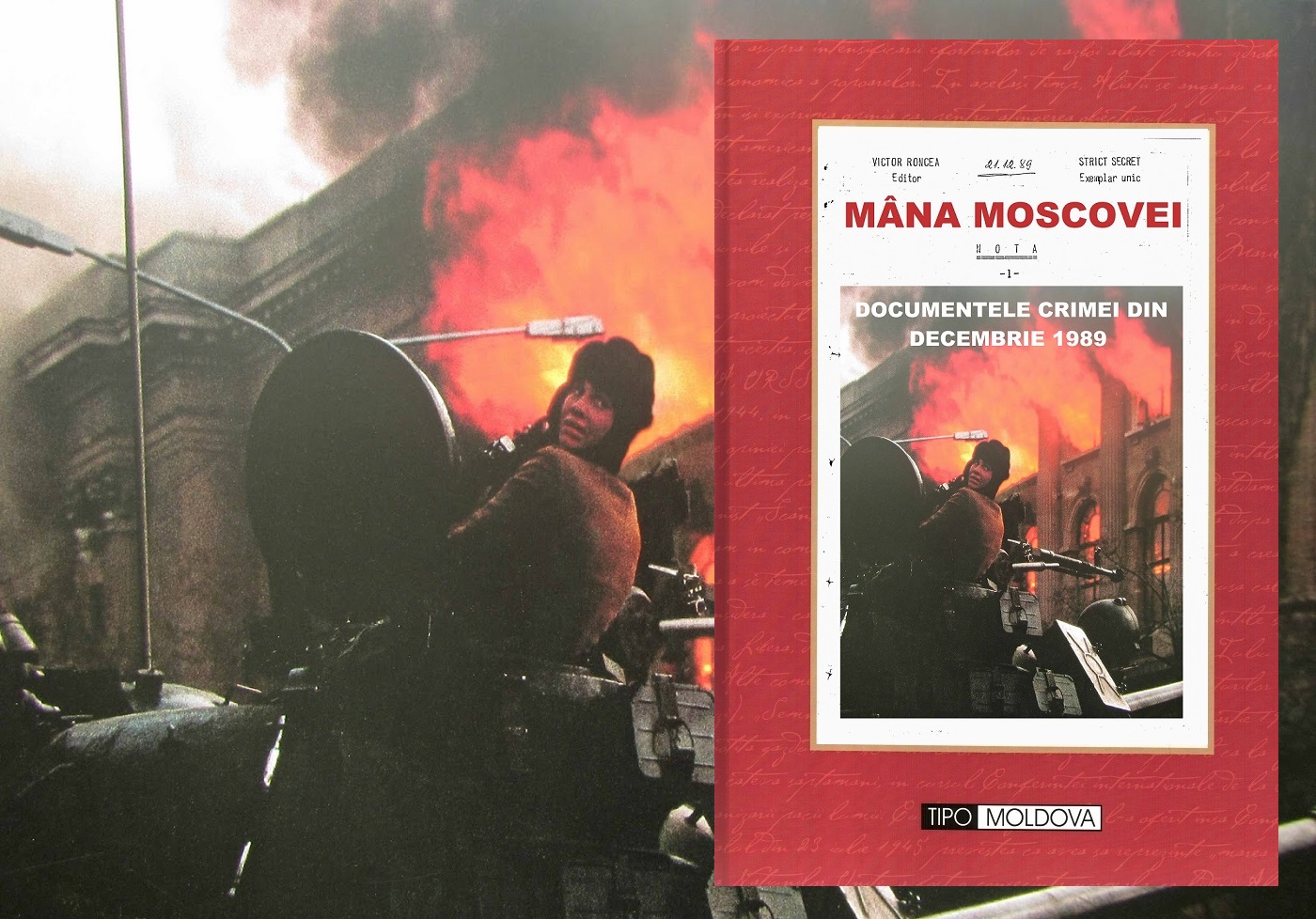 Larry Watts’ Book: A Masterpiece
Larry Watts’ Book: A Masterpiece
The recent past is a forgotten country. The Cold War now seems a period as remote as the Thirty Years War. We now know the so-called satellites of the USSR were very much actors following their own scripts. Often, the supposed puppets were pulling the strings. Kim Il Sung manipulated Stalin into supporting his attack on South Korea and Ho Chi Minh inveigled Russia into enabling him to defeat the South Vietnamese.
Now Larry Watts’ groundbreaking, enjoyable and meticulously researched book, which deserves to find a wide audience, shows that Ceausescu’s Romania posed a threat to the USSR greater than Tito did and comparable with the 1956 Hungarian uprising, the Prague Spring in 1968 and the Solidarity Movement in Poland.
Eastern Europe was not the story of quislings ruling subject people on instructions from the Kremlin. The men and the women (of whom Anna Pauker and Elena Ceausescu were the most significant) who ran the Communist Empire were believers who had risked death and imprisonment on the part of their enemies and their Communist friends because of their beliefs. In power, they combined as all politicians do the desire for power, love of manipulation and genuine idealism, to which they added a ruthless devotion to their grim cause and a fanatical conviction that they understood the direction of history that seemed to them scientific but we clearly see to be essentially religious.
Mutual antipathy between Russians and Romanians (the Mamalizhniki (mamaliga) or polenta eaters) has long roots in conflict over territory. Russian troops occupied Romania for nearly forty years in the beginning of the 19th century and on several more occasions between 1877 and 1919. Communism only exacerbated things. Engels, whose works had the status of “Holy Scripture” for Marxist-Leninists, had written that the Romanians were a “degenerate” people, “a people without history”.
The revolution, said Engels, would “annihilate” the Romanians, wiping
them “from the face of the earth. And that too, would be a step forward”. Engels wrote this in 1849, angry at the Romanians for fighting for the Emperor against the “progressive” forces of the Hungarian nationalist Lajos Kossuth.
Gheorghiu-Dej, the Communist leader of Romania from 1948 until his death, in 1965, was unique among Stalin’s satraps in not being a “Muscovite”, a Communist trained during the ’30s in Russia. He won favour with Moscow for his support in helping the Soviet Union in taking control over Hungary after the 1956 Revolution and succeeded in persuading the USSR to withdraw troops from Romania by 1958.
Crucially, the Romanians also managed to roll up very extensive KGB and Hungarian spy networks (very often the two were combined). These included a series of Hungarian irredentist secret societies operating in Transylvania run by the Communist government in Hungary with KGB knowledge.
Ceausescu’s famous speech from the balcony of the Central Committee building on 23 August 1968 had won him national support but Nagy and Dubcek had had equal popular backing. Why did the Russians and their allies not invade? For a number of reasons; because in Romania, unlike in Hungary and Czechoslovakia, they no longer had a sufficiently extensive intelligence network enabling them to know what was going on in the party or the armed forces or clients in top positions who could request a Soviet intervention, because Ceausescu and his colleagues unlike the Czechs would have fought and because they had assumed national control over their armed forces that were prepared for a military response against an invader from any direction. The fact that the US, Britain, and perhaps, most explicitly, socialist giant China had weighed in to deter a Soviet move no doubt played their role.
According to Watts, Ceausescu was courted by the Carter Administration in the late ’70s and also was free in the late ’70s to lead Romania into a non-aligned position similar to that of Yugoslavia and to compete with Tito for American favours.
Instead, he decided to create an autarchic national Communist state, independent of Moscow and Washington, a path that led him to the firing squad near Târgoviste on Christmas Day, 1989.
I personally believe Watts’ work is a masterpiece because it includes more information than any other book on this theme. The author uses information from sources that were unexplored before, and that is why this book is so interesting and fascinating to be studied by everyone who wants to know another opinion about the relationship between Romania and its Eastern neighbours during the past 150 years, the main purpose of this book being to study the transformation of Romania from an ally to an enemy of Soviet Russia and its efforts to come out from the Soviet domination during the Cold War.
Alexandru-Mihail Tanase – student, University of Essex, Colchester, the UK.
Presentation and comments based on the book of Larry Watts, Fereste-ma, Doamne, de prieteni – Razboiul clandestin al blocului sovietic cu România (With friends like these – the Soviet bloc’s clandestine war against Romania), foreword by Ioan Talpes, Editura Rao, Bucuresti, 2011.
Military Theory and Science Journal
Published by The Romanian Armed Forces General Staff
September, 2011



